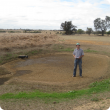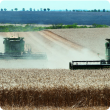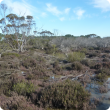Filter by regions:
- (-) Remove South West filter South West
- Great Southern (1095) Apply Great Southern filter
- Peel (938) Apply Peel filter
- Mid West (870) Apply Mid West filter
- Wheatbelt (840) Apply Wheatbelt filter
- Perth regions (749) Apply Perth regions filter
- Goldfields-Esperance (727) Apply Goldfields-Esperance filter
- Gascoyne (577) Apply Gascoyne filter
- Kimberley (479) Apply Kimberley filter
- Pilbara (465) Apply Pilbara filter










